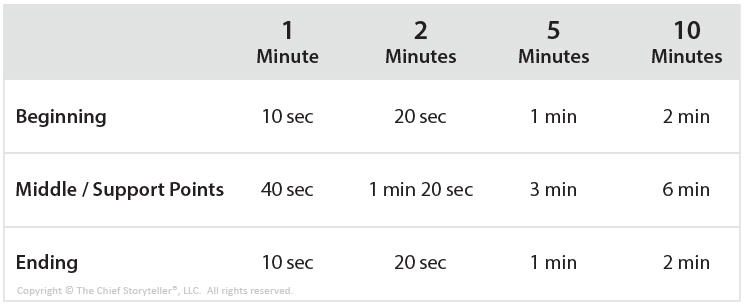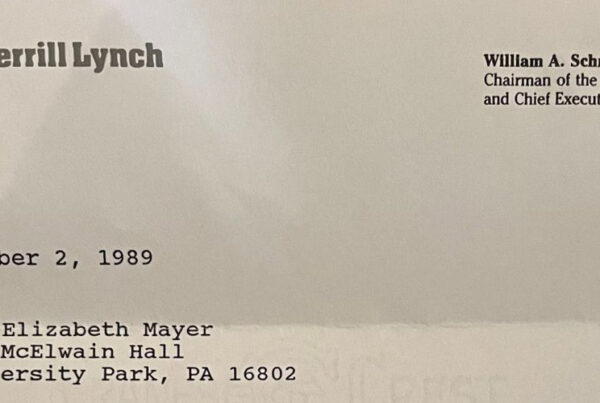
Recently, I shared my favorite presentation and public speaking exercise, “1-2-5-10 ™” to one of my newer clients, Carl. He is the CEO of a rapidly growing tech company. We are preparing for an important presentation. Carl expressed to me his desire to take his public speaking to the next level and to “wow” his audiences.
1-2-5-10 ™ is one of several Smart Exercises we offer build a variety of public speaking, presentation, and delivery skills. In particular, 1-2-5-10 ™ helps presenters, trainers, and public speakers to 1) think faster on their feet, 2) be more flexible in how they design their presentations; and 3) hone their public speaking skills.
1-2-5-10, A Building Block Exercise
In 1-2-5-10 ™, the idea is for you first to create and deliver a one-minute presentation. No advance preparation. On the spot. Then, expand this one-minute presentation into a two-minute version. Next, expand it to five minutes, then to 10 minutes.
Follow these five steps to master the skill of expanding easily from 1- to 2- to 5- to 10-minute presentations (and anything in between). Doing so will equip you with fundamental tools you can build upon, to up your presentation game.
“1-2-5-10™” – Five Steps to Mastering Fundamentals of Presenting
1) Select an Object
Stop where you are, look around and take note of the first object that grabs your attention. It could be a car, a street sign, a basketball net, the pencil cup on your desk…you get the idea.
In this exercise, you will craft a presentation about the object you just selected.
2) Develop Your Main Message
Decide on a main message specific to this object. Your message should be the one big idea you want to communicate to your audience, one that solves a problem. At The Chief Storyteller®, we call this your Better Tomorrow Message™ or BTM™.
Take the basketball net as an example. Think about what the net symbolizes, what launching the ball into the net successfully, shot after shot, illustrates. Be free flowing here. Think of at least three symbols. The basketball net may represent: a) The importance of setting goals for your organization and for yourself; b) The value of practice and persistence; or c) Teamwork matters.
3) Create Your 1-Minute Presentation
In your head, create a 1-minute presentation about the object (basketball net) centered on your Better Tomorrow Message™. Again, think freely, without any notes. Fill the entire one minute (it is okay to go over time a little). Ensure you explicitly state your BTM™ in your presentation.
Here’s an example.
When I was in high school, I was a basketball coach and referee for an evening league. I coached eager 6th, 7th, and 8th grade boys.
At our first practice, I introduced myself as Coach K (K for Koretsky). I explained that throughout the season we practice on Tuesdays and we play our game on Thursdays. During practice, we would have a mix of drills and scrimmages and then, in Thursday’s game, I wanted them to implement the various skills we learned during practice.
I impressed on the boys the most important part of winning, was teamwork. This meant, passing to the teammate that was open and had the best opportunity to score.
During practice, we worked just on the fundamentals of dribbling and passing.
Fast forward to game night. The boys were terrific. Instead of shooting for the net when they had the chance, they passed. And they realized, that by passing, more of them actually got to shoot the basketball at the net.
We won our first game. We won because everyone realized the importance of good teamwork.
4) Create Your 2-Minute Presentation
Using the same information, expand your 1-minute presentation to two minutes. Here’s a table with suggestions on content and timing for your 1-2-5-10™ story lengths. For example, your beginning expands to 20 seconds in your two-minute version. And your ending expands to two minutes in your 10-minute version.

Here is the two-minute version:
When I was in high school, I was a basketball coach and referee for an evening league. Games typically started at 6pm. I coached eager 6th, 7th, and 8th grade boys in basketball fundamentals such as dribbling, passing, lay-ups, and playing defense.
At our first practice, I introduced myself as Coach K (K for Koretsky). I explained that throughout the season we practice on Tuesdays and we play our game on Thursdays. During practice, we would have a mix of drills and scrimmages and then, in Thursday’s game, I wanted them to implement the various skills we learned during practice.
Having coached kids before, I had learned how 11-, 12-, and 13-year-olds tended to think. Chances were, their focus was on shooting the basketball and nothing else. Their mantra was, “Dribble, dribble, dribble. Shoot.” The mindset was to only pass, if you are completely surrounded by the other team players.
This awareness led me to completely change how I coached, starting with the first practice. I impressed on the boys the most important part of winning, was teamwork. I said to them something like, “On the court there are five players. Each of you is part of a team. The only way we will win, is if we pass to the player who is open, and who can take the best shot. If you play to shoot, it’s one against five. If you play as a team, it’s five on five.”
They all nodded in agreement. During the first practice, we worked just on the fundamentals of dribbling and passing. It was like watching miniature versions of NBA players in our high school gym.
To reinforce the teamwork concept, I created a team chant. At the beginning and end of each practice and game, we would all chant, “Blue and Gold Team,” louder and louder.
Fast forward to game night. I reminded them of the importance of playing like a team. Again, they all nodded in agreement. The whistle blew, the tipoff went our way. And that was the beginning of a great night. The boys were terrific. Instead of shooting for the net when they had the chance, they passed. And they realized, that by passing, more of them actually got to shoot the basketball at the net.
We won our first game. We won because everyone realized the importance of good teamwork.
5) Create Your 5-Minute Presentation
Use the table in Step 4 above as your guide as you create your 1-2-5-10™ versions.
Dramatically Improve Your Presentation Skills
If you do the 1-2-5-10™ Smart Exercise regularly, you will feel the difference and realize the benefits. Start by mastering the one-minute version, of which, you have so many opportunities in a given day to practice. You can practice while walking to a meeting, driving, waiting for someone, walking to a location, etc. Once you are comfortable with creating one-minute presentations on-the-spot, move on to the two-minute versions, and so forth.
Practice 1-2-5-10™ to master the fundamentals of presenting. All great athletes, musicians, hobbyists, etc. practice, practice, practice to improve his or her individual performance.
Learn how our Coaching and Smart Exercises can accelerate your public speaking and storytelling success.
FURTHER READING
- Talk at the 10th Grade Level – Simplify Your Communication (read)
- 10 Things to do Before Your Big Presentation, Part 1 (read)
- 10 Things to Do the Morning of Your Big Presentation, Part 2 (read)
- An Easy Way to Start a Presentation, Share a “Today Story” (read)
- Add Suspense to Your Story with “Near-Impossible Goals” (read)
- “Pause” with Purpose in Speaking, Training, and Storytelling (read)
- Great Leaders are Great Storytellers – 5 Tips to Improve Your Leadership Effectiveness (read)
Note: I originally published this on LinkedIn
Photography Source: Shutterstock
#chiefstoryteller #presentation #storytelling #publicspeaking #storytellingforleaders




One Comment